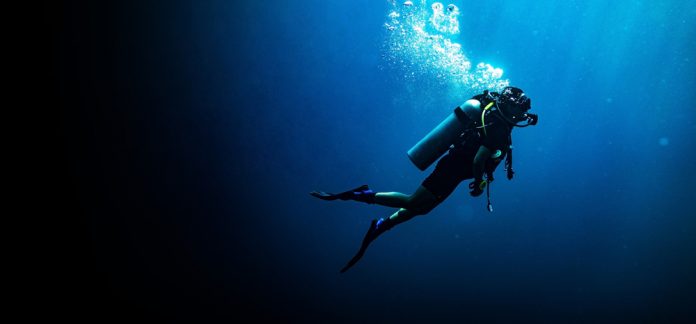A single-celled ocean microbe, capable of hunting and eating prey, could also be a biological tool used to try and limit the effects of climate change.
The newly-discovered species has the ability to sequester carbon and will survive even as oceans become warmer and more acidic, researchers from the University of Technology Sydney said of their findings, published on Monday in the Nature Communications journal.
The marine microbe, which is abundant in oceans all over the world, undergoes a process of photosynthesis before it releases a carbon-rich exopolymer that attracts and immobilises other microbes.
It will then eat some of its prey trapped in this exopolymer “mucosphere”, before it falls to the sea floor to become part of ocean’s carbon pump, thus taking carbon from the atmosphere.
Lead researcher and marine biologist Michaela Larsson said the study was the first to demonstrate this kind of behaviour for a microbe.
She said in many ways the microbe was similar to a venus flytrap – able to photsynthesise but also capable of gaining an extra hit of nutrients by eating prey.
She said this characteristic means the microbes can live in parts of the sea otherwise not habitable for animals like phytoplankton.
Stay up-to-date with local stories by subscribing to our FREE daily news feed: Go to SUBSCRIBE at top of this article to register
The findings have global significance for how the ocean can be used to balance carbon in the atmosphere, Professor Martina Dobin, a senior author of the study said.
While the contribution animals like phytoplankton made to the world’s carbon pump was well-known, the role of microbes was previously far less well-understood, Dr Larsson said.
The microbes in the ocean affect the “oceanic biogeochemistry” of the water by sequestering carbon in the water — a process that has some effect on the world’s climate.
Researchers estimate the species of microbe which lives off the coast of Sydney could sink 0.02-0.15 gigatons of carbon per annum into the carbon sink.
To put that into context, the 2019 National Academies of Sciences, Engineering, and Medicine report found that to meet climate goals, CO2 removal technologies and strategies will need to remove approximately 10 gigatons of CO2 from the atmosphere every year until 2050.





